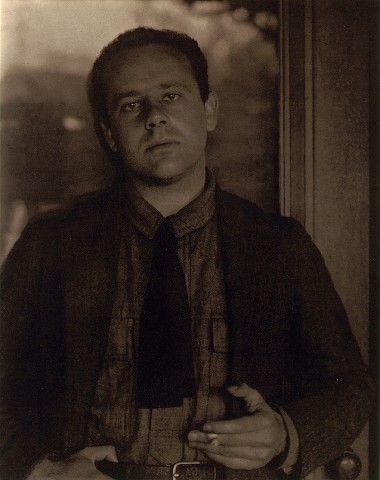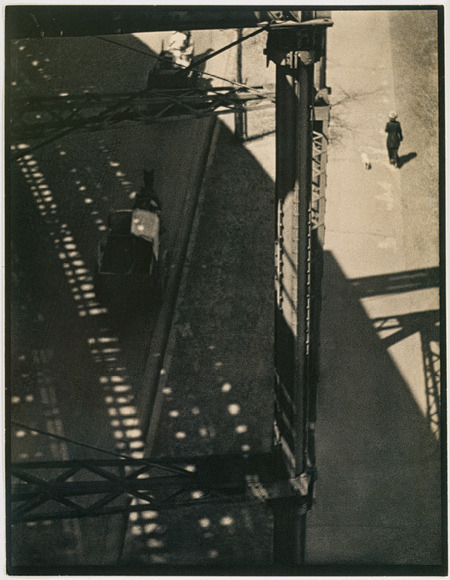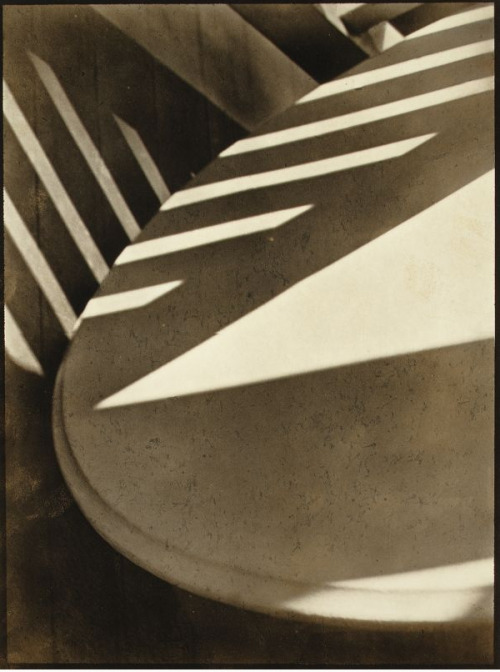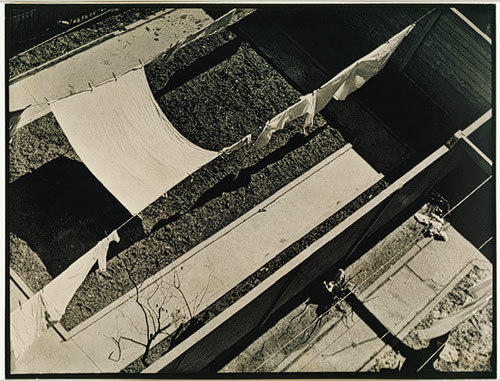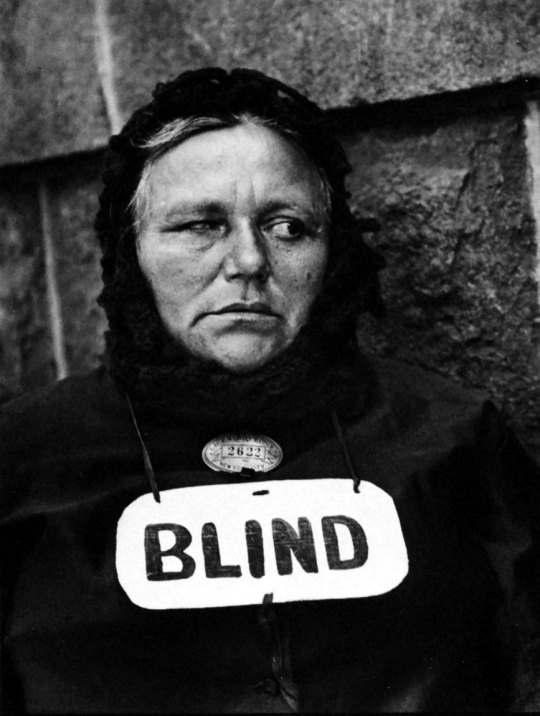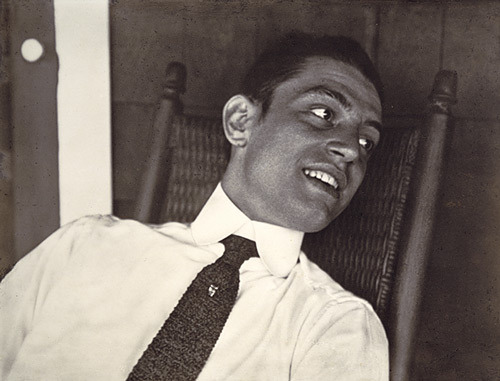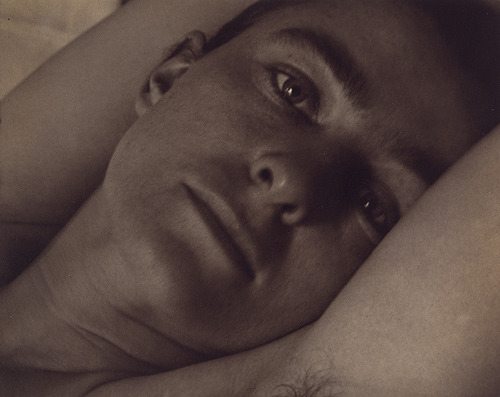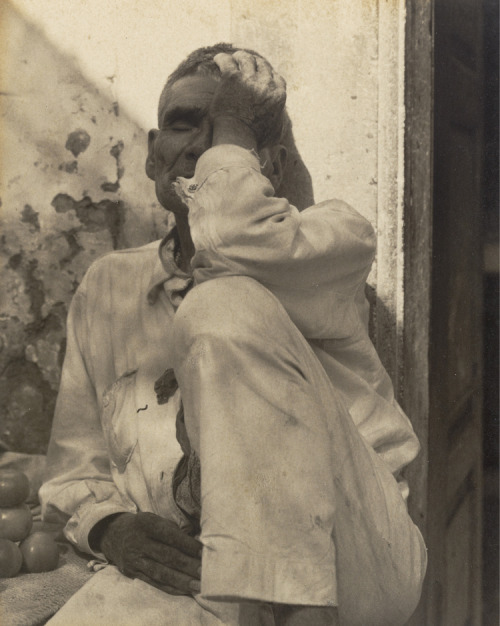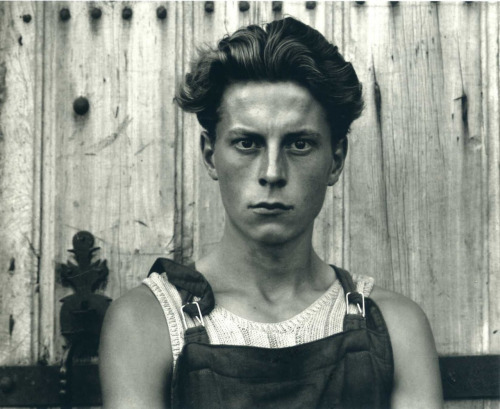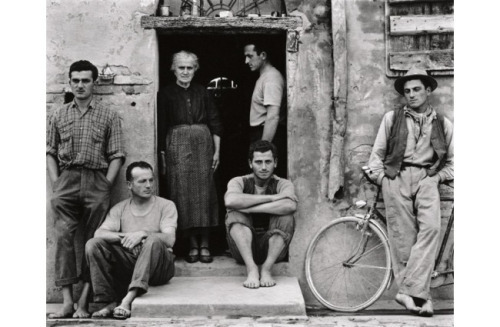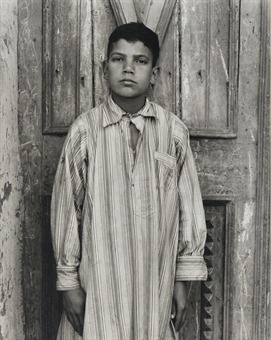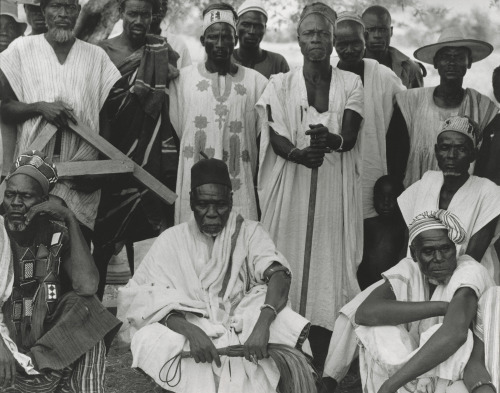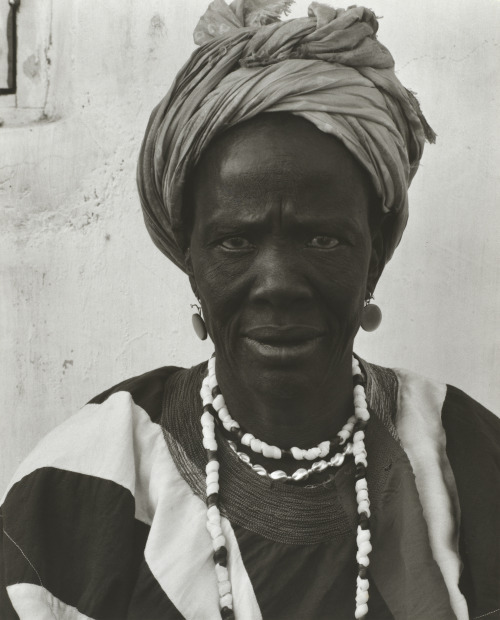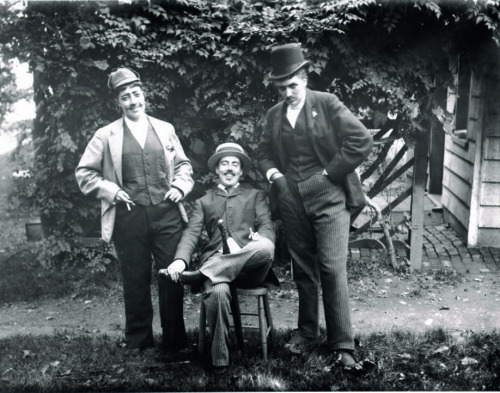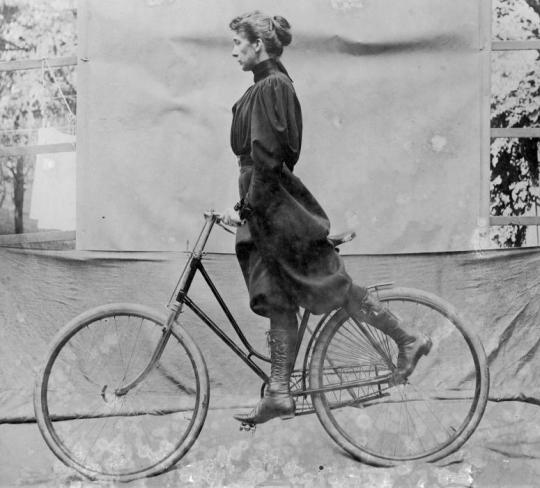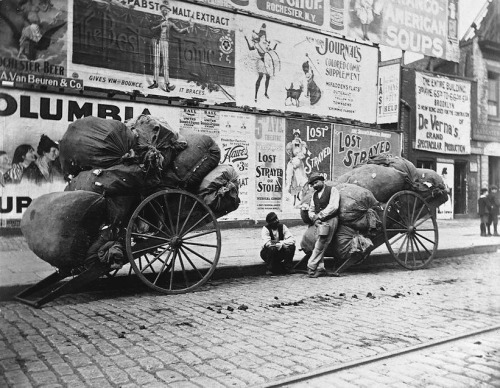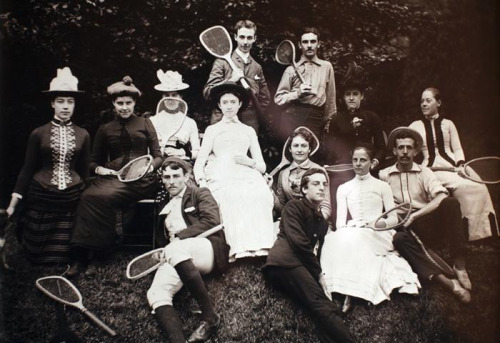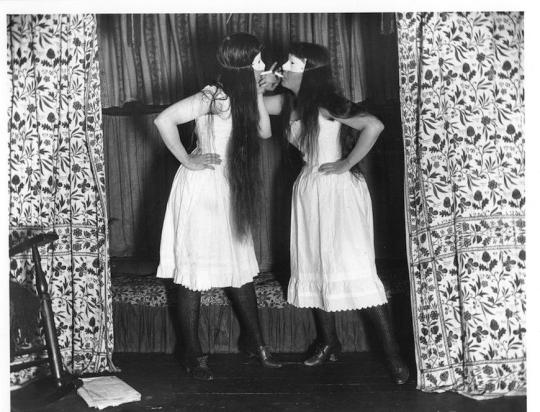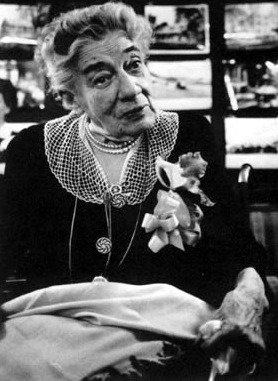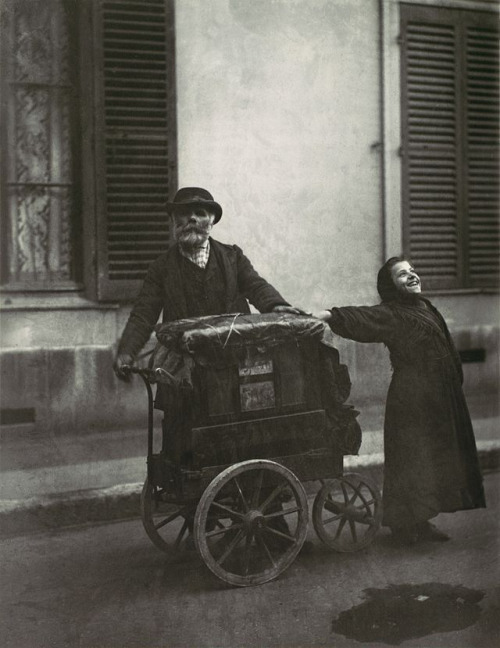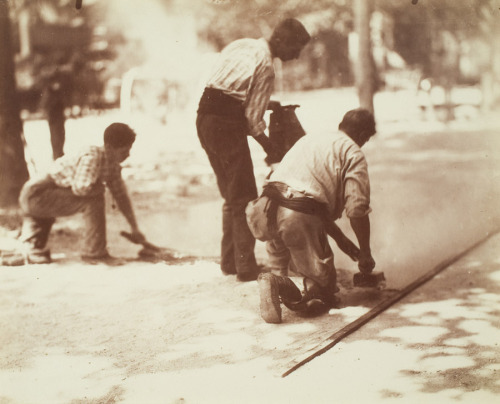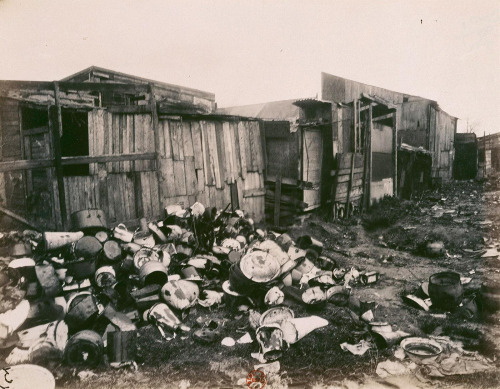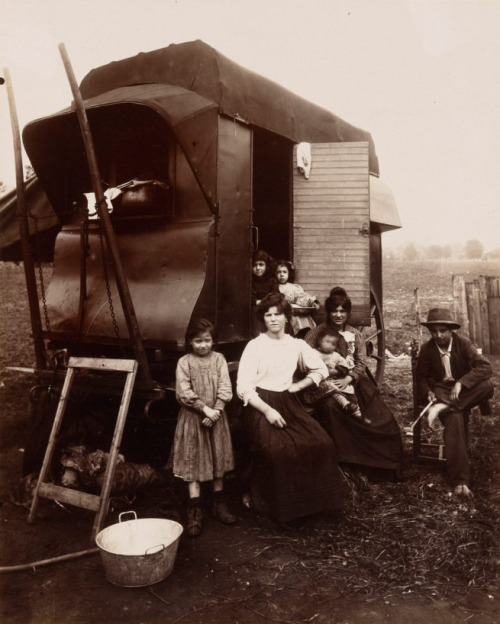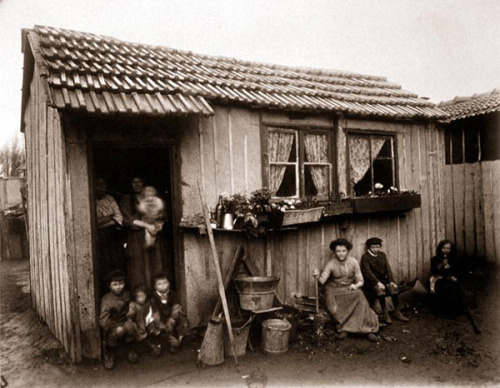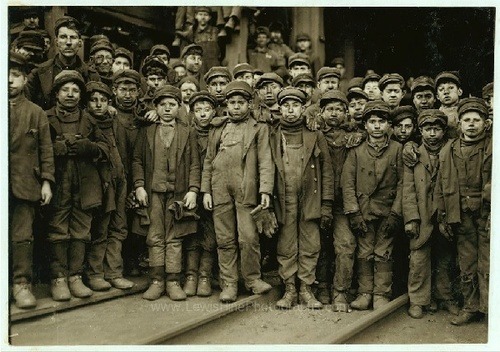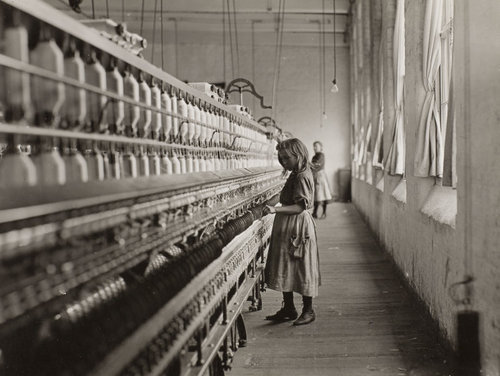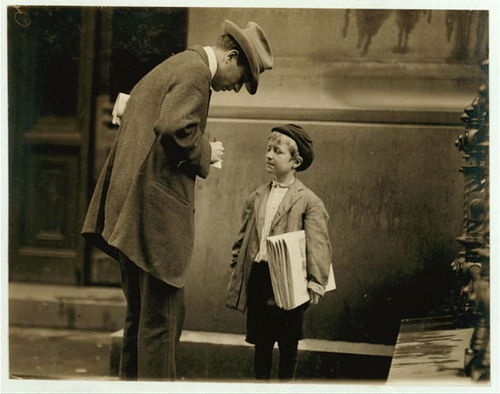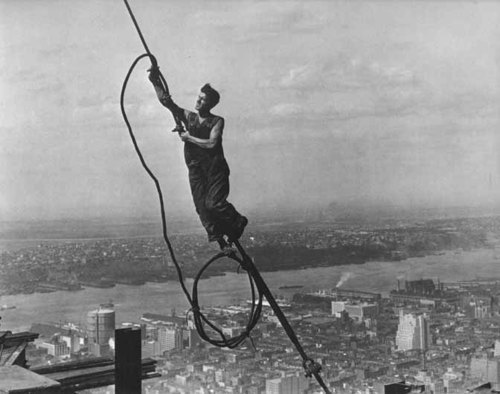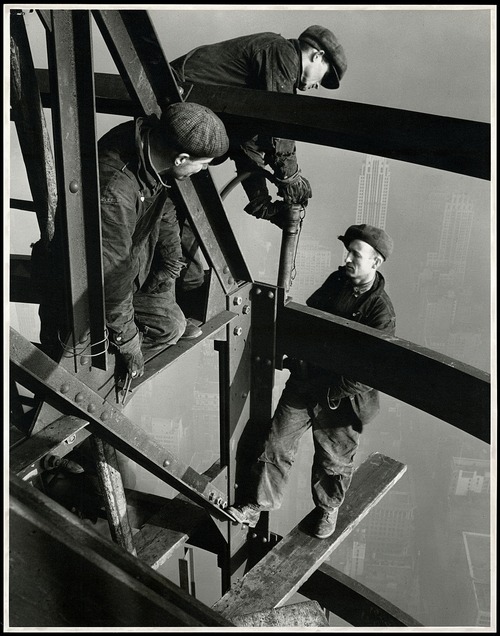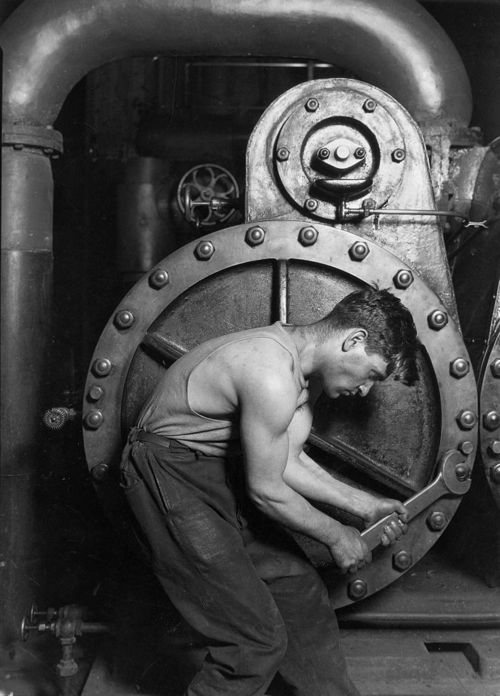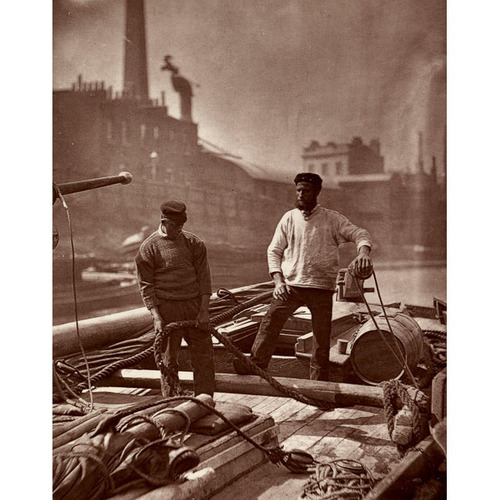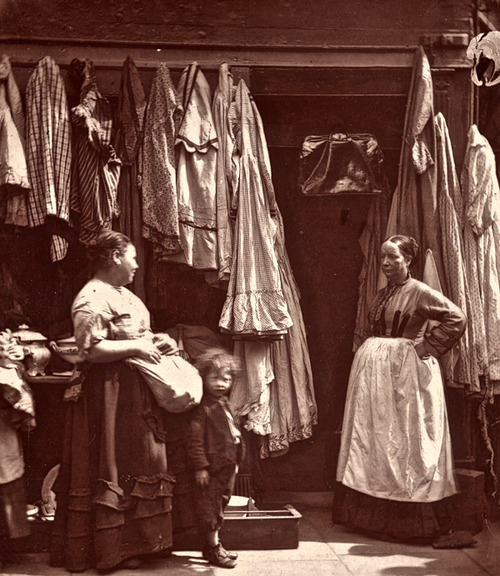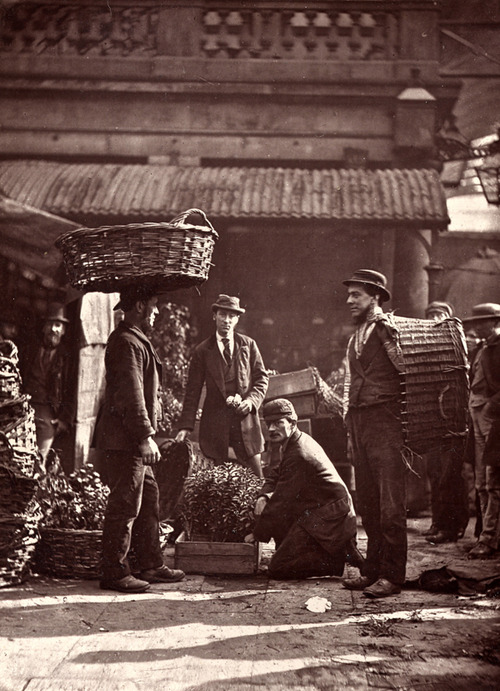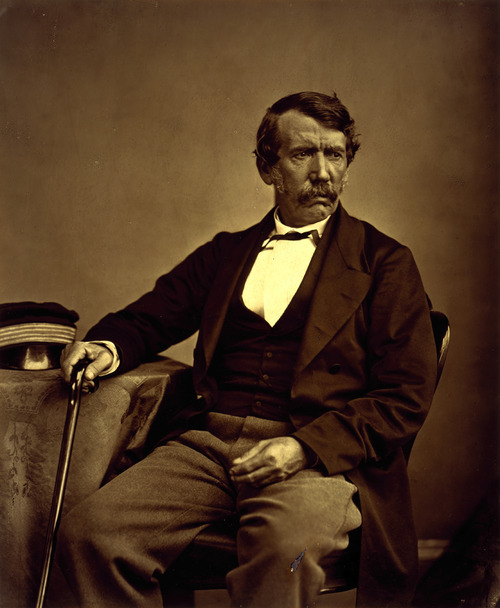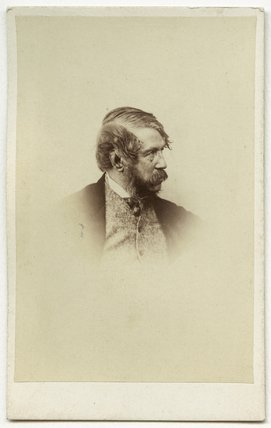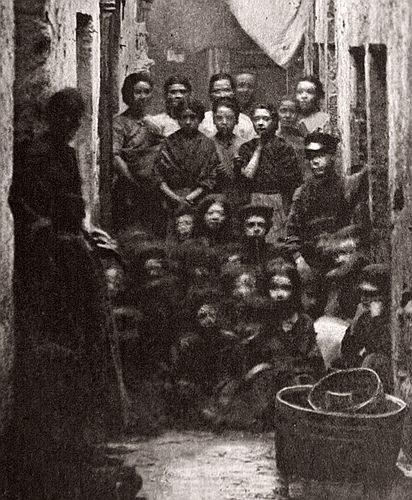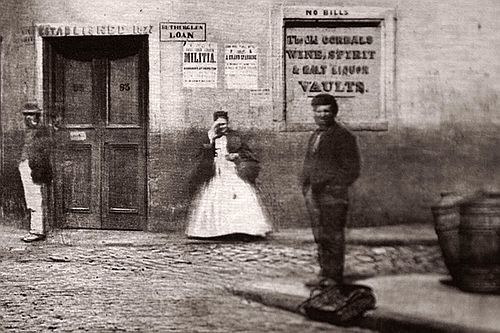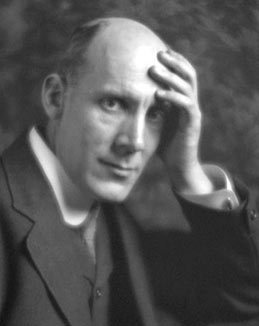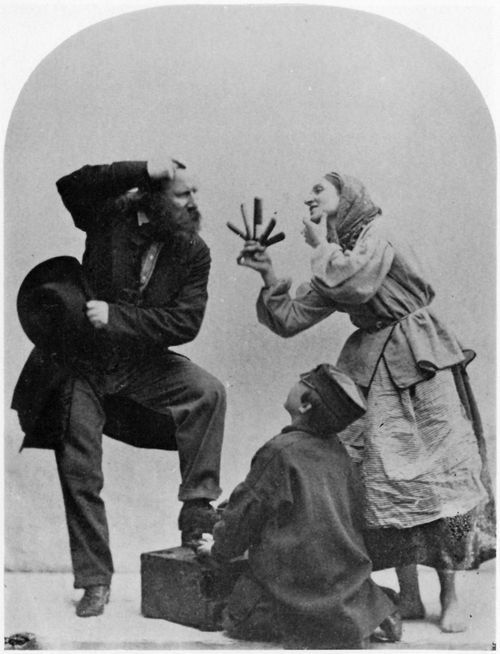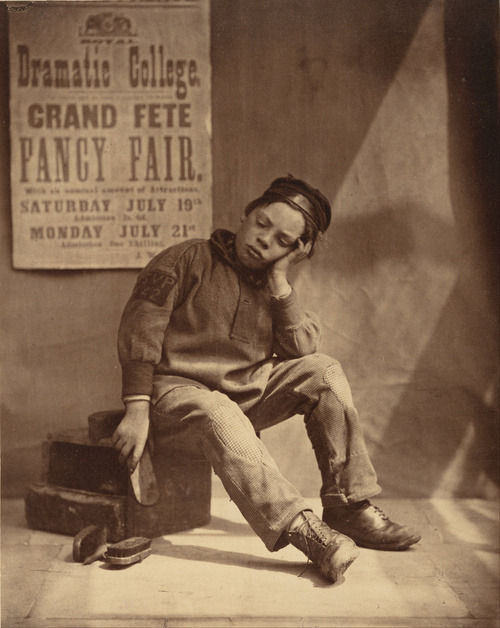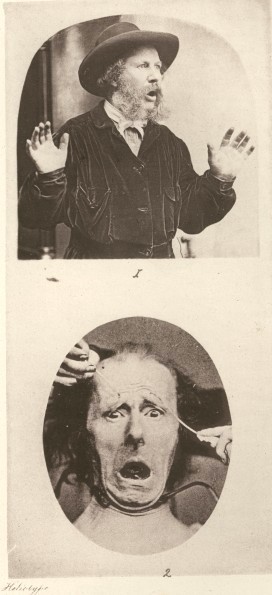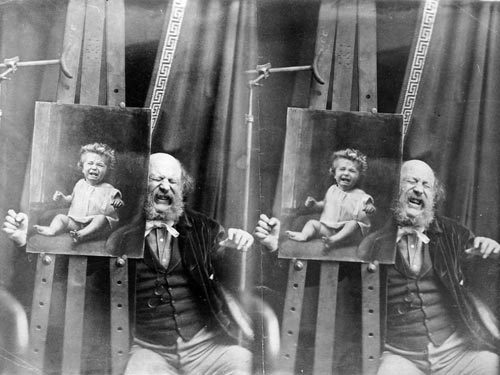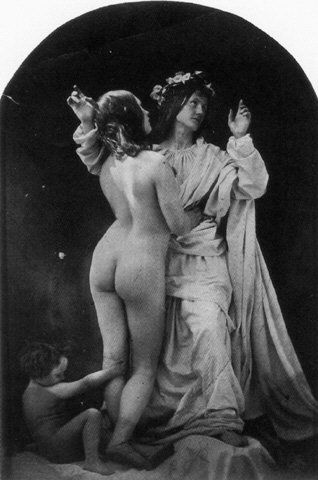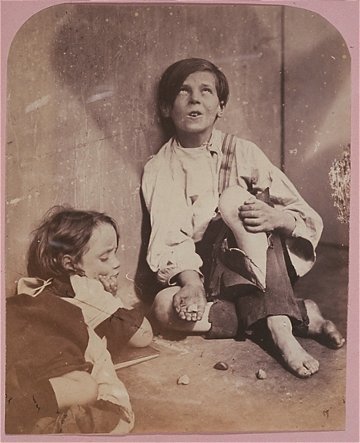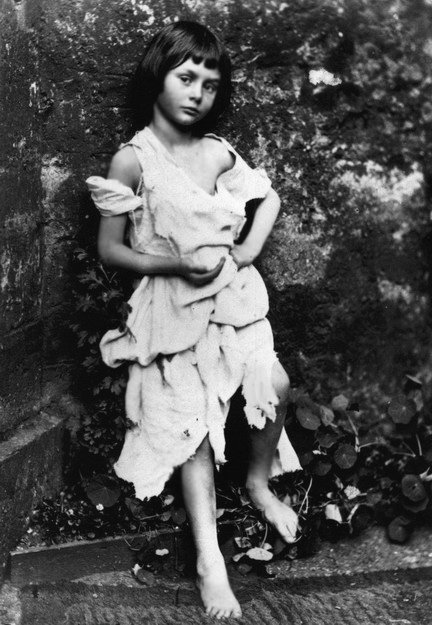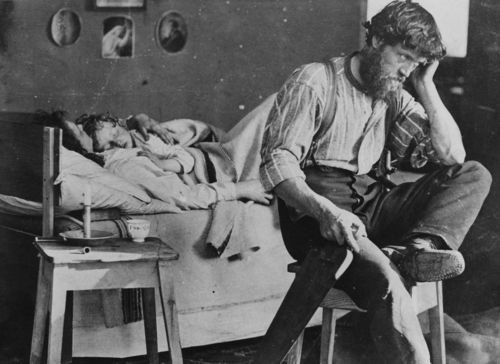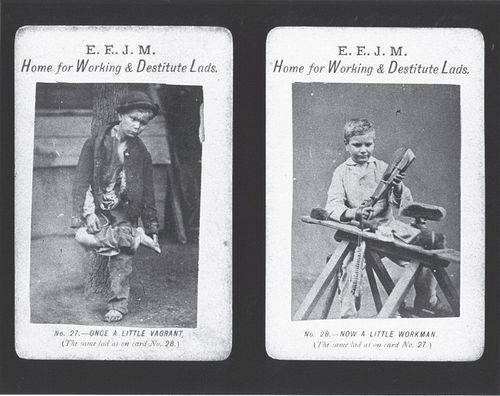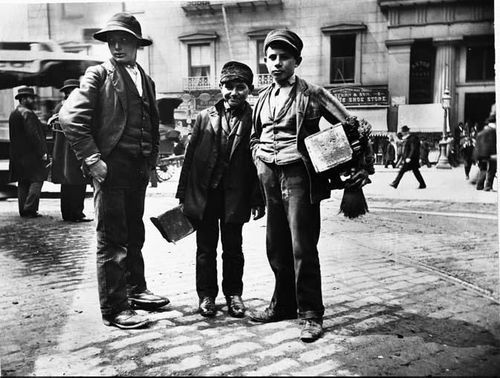Lisette Model, Self-portrait.
Born in Vienna an Austro-Hungarian November the 10th 1901 she died in New York City an American the March the 30th 1983. Her father, a doctor of Jewish descent, was Austro-Italian and her mother was a French Catholic. She studied music and was influenced all her life by the teachings of the composer Arnold Schönberg. She left Austria for France when her father died in 1924. She then stopped studying music in order to start to learn visual arts. She was the student of André Lhote whom will also teach Henri Cartier Bresson and George Hoyningen-Huene. She starts practicing photography with her sister Olga Seybert before studying this medium under the teaching of Rogi André. Throughout this training she will learn “never to take picture of things which do not passionate her”.
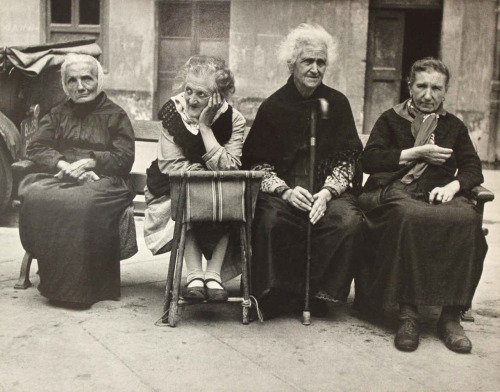
Lisette Model, La Promenade des Anglais, Nice, France, 1938.
1. A woman photographer.
Christina Zelich, a museum curator, gives us a good explanation as to why Lisette Model and many other women of her generation chose to become professional photographers. According to her “photography gave women a means of subsistence while allowing then to express artistically and eventually to access notoriety, placing them on an equal footing with men.” We have to keep in mind the Lisette model was born and raised in machos society where only men where accepted in other artistic fields.
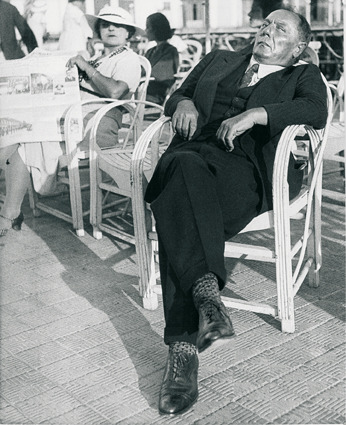
Lisette Model, La Promenade des Anglais, Nice, France, 1938.
In 1937 she marries Evsa Model and together they live France to go to the United States. There, she will become a professional photographer and a member of the New York Photo League. In 1940, after being published many times in the Harper’s Bazaar, some of her most significant picture were bought by the MoMA. This pictures were presented to the public in 1948 next to those of Bill Brandt, Harry Callahan and Ted Croner. Lisette Model thus became a renowned photographer and a financially independent woman.

Lisette Model, Coney Island Bather, New York, 1939-1941
2. A career tempered with by the McCarthyism
When she arrives in the United States she realizes some series of photos including one known as the Running Legs picturing the legs of the people walking in the streets of New York, describing the atmosphere of the City through these simple movements. She also photographed people marked by their life, those persons who were on their faces the traces of how they lived.
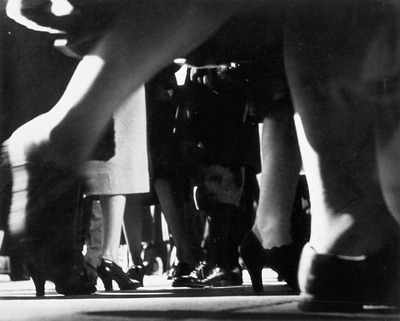
Lisette Model, Running Legs, 1940-1941
From 1951 until her death she taught at the New School for Social Research in New York. Among her students where Diane Arbus, Eva Rubinstein, Larry Fink… Through her teaching she kept influencing American Street Photography. At the same time she kept working as a portraitist and photographed many stars such as Franck Sinatra, Georges Simenon, Louis Armstrong and Ella Fitzgerald. However her career as a street photographer was greatly slowed by the “witch hunt” held against people suspected to have ties with the Communists.
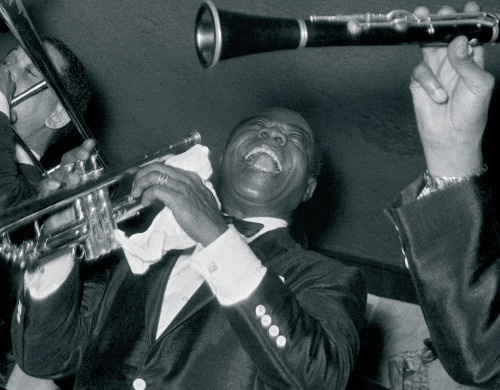
Lisette Model Louis Armstrong, 1954-1956
Also she was carful never to mention it, the first series of photos she took portraying the people walking the “Promenade des Anglais” in Nice, were publish by Regards, a French magazine known for its ties with the Communist Party.
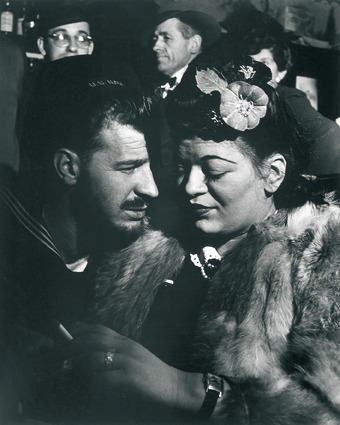
Lisette Model, Sammy’s, New York, 1940-1944
In her work as a street photographer, she uses the Close-up as a non-sentimental way to photograph people and as a mean to underline vanity which is for her a symptom of a society tormented by insecurity and solitude. It is because of her technique and because of her will to underline the problems of the society she lives in, that Lisette Model is considered as a Social Photographer. In order to take her pictures, Model never speaks to her subjects and that what she advised her students. According to her, people “have the physiognomy of the life they’ve had and of their emotions.” Through the surface transpires the reality of what people really are.
It is in this spirit that she worked with the Photo League. Unfortunatly, this institution was soon accused by the McCarthyism. Also she was interrogated by the authorities, she never was accused of being a Communist. However, her career was deeply affected by “the witch hunt” and she never was able to sell her pictures to magazines afterword. Nevertheless she kept taking pictures, going back to her old passion by taking pictures of people going to the Opera House, giving us a great panorama of the New York Society of her time.


